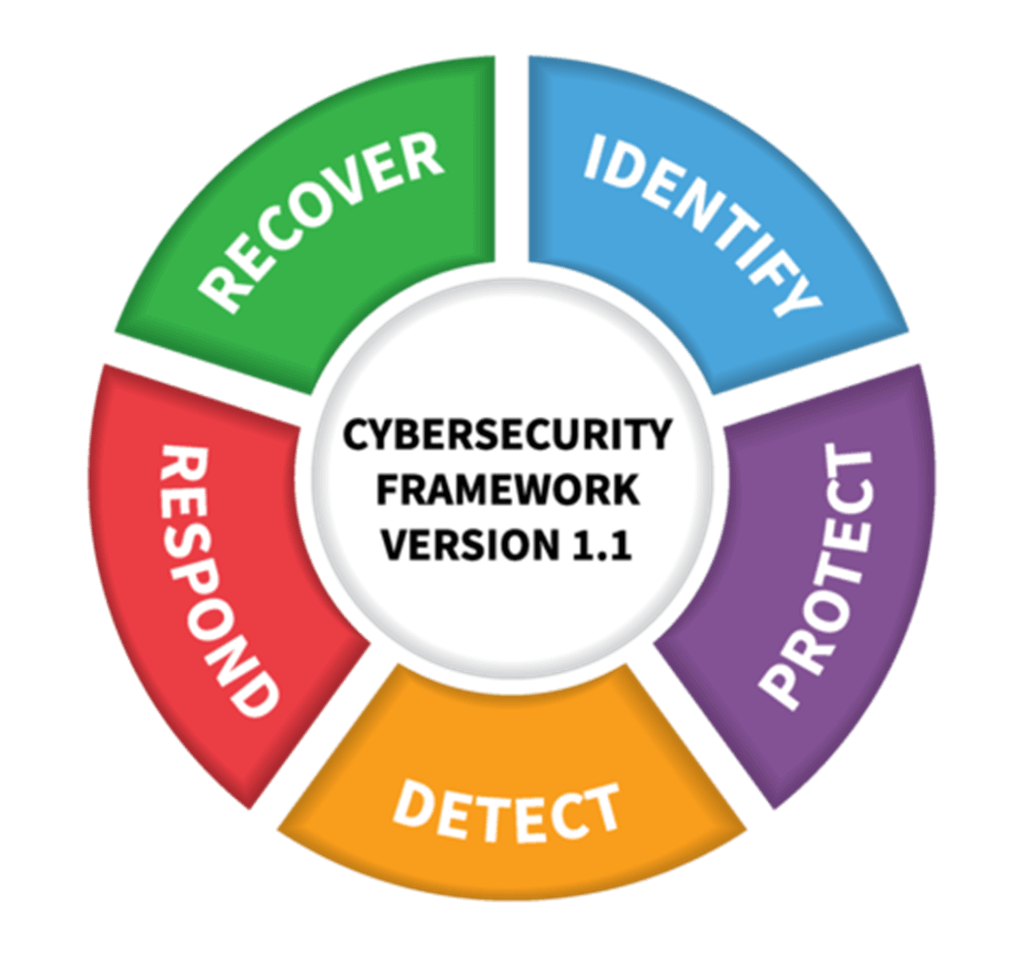
Network automation has become increasingly prevalent in enterprises and IT organisations over the years, with its growth showing no signs of slowing down.
In fact, as of 2024, the Network Automation Market size is estimated at USD 25.16 billion (GBP 19.78 billion), expected to reach USD 60.59 billion (GBP 47.65 billion) by 2029. By 2028, a growth rate of 20% is predicted in this sector in the UK. Within CACI, we are seeing a higher demand for network automation than ever before, supporting our clients in NetDevOps, platform engineering and network observability.
So, how is the network automation space evolving, and what are the top network automation trends that are steering the direction of the market in 2024?
Hyperautomation
With the increasing complexity of networks that has come with the proliferation of devices, an ever-growing volume of data and the adoption of emerging technologies in enterprises and organisations, manual network management practices have become increasingly difficult to uphold. This is where hyperautomation has been proving itself to be vital for operational resilience into 2024.
As an advanced approach that integrates artificial intelligence (AI), machine learning (ML), robotic process automation (RPA), process mining and other automation technologies, hyperautomation streamlines complex network operations by not only automating repetitive tasks, but the overall decision-making process. This augments central log management systems such as SIEM and SOAR with functions to establish operationally resilient business processes that increase productivity and decrease human involvement. Protocols such as gNMI and gRPC for streaming telemetry and the increased adoption of service mesh and overlay networking mean that network telemetry and event logging are now growing to a state where no one human can adequately “parse the logs” for an event. Therefore, the time is ripe for AI and ML to push business value through AIOps practices to help find the ubiquitous “needle” in the ever-growing haystack.
Enterprises shifting towards hyperautomation this year will find themselves improving their security and operational efficiency, reducing their operational overhead and margin of human error and bolstering their network’s resilience and responsiveness. When combined with ITSM tooling such as ServiceNow for self-service delivery, hyperautomation can truly transcend the IT infrastructure silo and enter the realm of business by achieving wins in business process automation (BPA) to push the enterprise into true digital transformation.
Increasing dependence on Network Source of Truth (NSoT)
With an increasing importance placed on agility, scalability and security in network operations, NSoT is proving to be indispensable in 2024, achieving everything the CMDB hoped for and more.
As a centralised repository of network-related data that manages IP addresses (IPAM), devices and network configurations and supplies a single source of truth from these, NSoT has been revolutionising network infrastructure management and orchestration by addressing challenges brought on by complex modern networks to ensure that operational teams can continue to understand their infrastructure. It also ensures that data is not siloed across an organisation and that managing network objects and devices can be done easily and efficiently, while also promoting accurate data sharing via data modelling with YAML and YANG and open integration via API into other BSS, OSS and NMS systems.
Enterprises and organisations that leverage the benefits of centralising their network information through NSoT this year will gain a clearer, more comprehensive view of their network, generating more efficient and effective overall network operations. Not to mention, many NSoT repositories are much more well-refined than their CMDB predecessors, and some – such as NetBox – are truly a joy to use in daily Day 2 operations life compared to the clunky ITSMs of old.
Adoption of Network as Service (NaaS)

Network as a Service (NaaS) has been altering the management and deployment of networking infrastructure in 2024. With the rise of digital transformation and cloud adoption in businesses, this cloud-based service model enables on-demand access and the utilisation of networking resources, allowing enterprises and organisations to supply scalable, flexible solutions that meet ever-changing business demands.
As the concept gains popularity, service providers have begun offering a range of NaaS solutions, from basic connectivity services such as virtual private networks (VPNs) and wide area networks (WANs) to the more advanced offerings of software-defined networking (SDN) and network functions virtualisation (NFV).
These technologies have empowered businesses to streamline their network management, enhance performance and lower costs. NaaS also has its place at the table against its aaS siblings (IaaS, PaaS and SaaS), pushing the previously immovable, static-driven domain of network provisioning into a much more dynamic, elastic and OpEx-driven capability for modern enterprise and service providers alike.
Network functions virtualisation (NFV) and software-defined networking (SDN)
A symbiotic relationship between network functions virtualisation (NFV), software-defined networking (SDN) and network automation is proving to be instrumental in bolstering agility, responsiveness and intelligent network infrastructure as the year is underway. As is often opined by many network vendors, “MPLS are dead, long live SD-WAN”; which, while not 100% factually correct (we still see demand in the SP space for MPLS and MPLS-like technologies such as PCEP and SR), is certainly directionally correct in our client base across finance, telco, media, utilities and increasingly government and public sectors.
NFV enables the decoupling of hardware from software, as well as the deployment of network services without physical infrastructure constraints. SDN, on the other hand, centralises network control through programmable software, allowing for the dynamic, automated configuration of network resources. Together, they streamline operations and ensure advanced technologies will be deployed effectively, such as AI-driven analytics and intent-based networking (IBN).
We’re seeing increased adoption of NFV via network virtual appliances (NVA) deployed into public cloud environments like Azure and AWS for some of our clients, as well as an increasing trend towards packet fabric brokers such as Equinix Fabric and Megaport MVE to create internet exchange (IX), cloud exchange (CX) and related gateway-like functionality as the enterprise trend towards multicloud grows a whole gamut of SDCI cloud dedicated interconnects to stitch together all the XaaS components that modern enterprises require.
Intent-based networking (IBN)
As businesses continue to lean into establishing efficient, prompt and precise best practices when it comes to network automation, intent-based networking (IBN) has been an up-and-coming approach to implement. This follows wider initiatives in the network industry to push “up the stack” with overlay networking technologies such as SD-WAN, service mesh and cloud native supplanting traditional Underlay Network approaches in Enterprise Application provision.
With the inefficiencies that can come with traditional networks and manual input, IBN has come to network operations teams’ rescue by defining business objectives in high-level, abstract manners that ensure the network can automatically configure and optimise itself to meet said objectives. Network operations teams that can devote more time and effort to strategic activities versus labour-intensive manual configurations will notice significant improvements in the overall network agility, reductions in time-to-delivery and better alignment with the wider organisation’s goals. IBN also brings intelligence and self-healing capabilities to networks— in case of changes or anomalies detected in the network, it enables the network to automatically adapt itself to address those changes while maintaining the desired outcome, bolstering network reliability and minimising downtime.
As more organisations realise the benefits of implementing this approach, the rise of intent-based networking is expected to continue, reshaping the network industry as we know it. The SDx revolution is truly here to stay, and the move of influence of the network up the stack will only increase as reliance on interconnection of all aspects becomes the norm.
How CACI can support your network automation journey?
CACI is adept at a plethora of IT, networking and cloud technologies. Our trained cohort of network automation engineers and consultants are ready and willing to share their industry knowledge to benefit your unique network automation requirements.
From NSoT through CI/CD, version control, observability, operational state verification, network programming and orchestration, our expert consulting engineers have architected, designed, built and automated some of the UK’s largest enterprise, service provider and data centre networks, with our deep heritage in network engineering spanning over 20 years.
Take a look at Network Automation and NetDevOps at CACI to learn more about some of the technologies, frameworks, protocols and capabilities we have, from YAML, YANG, Python, Go, Terraform, IaC, API, REST, Batfish, Git, NetBox and beyond.
To find out more about enhancing your network automation journey, get in touch with us today.























